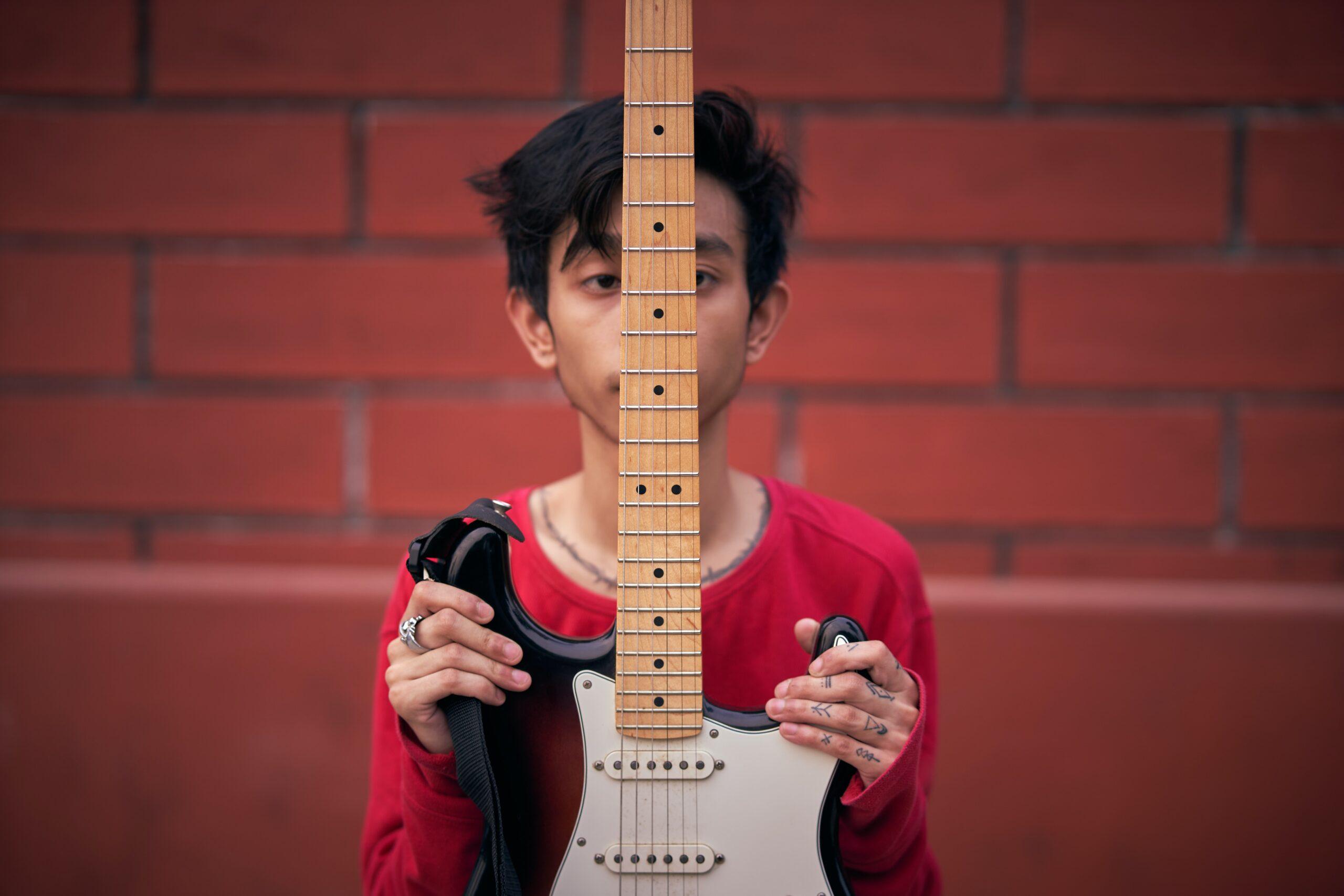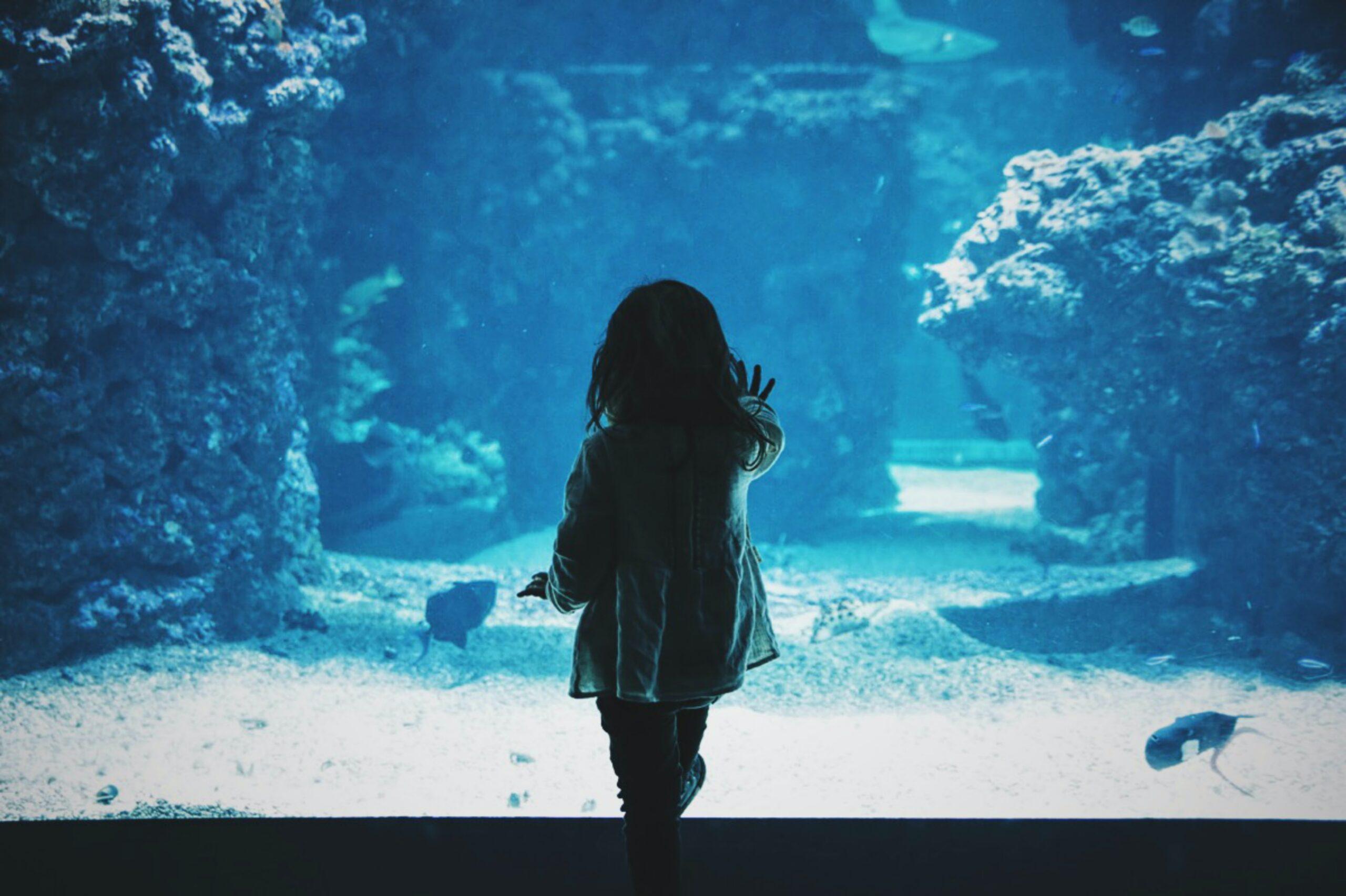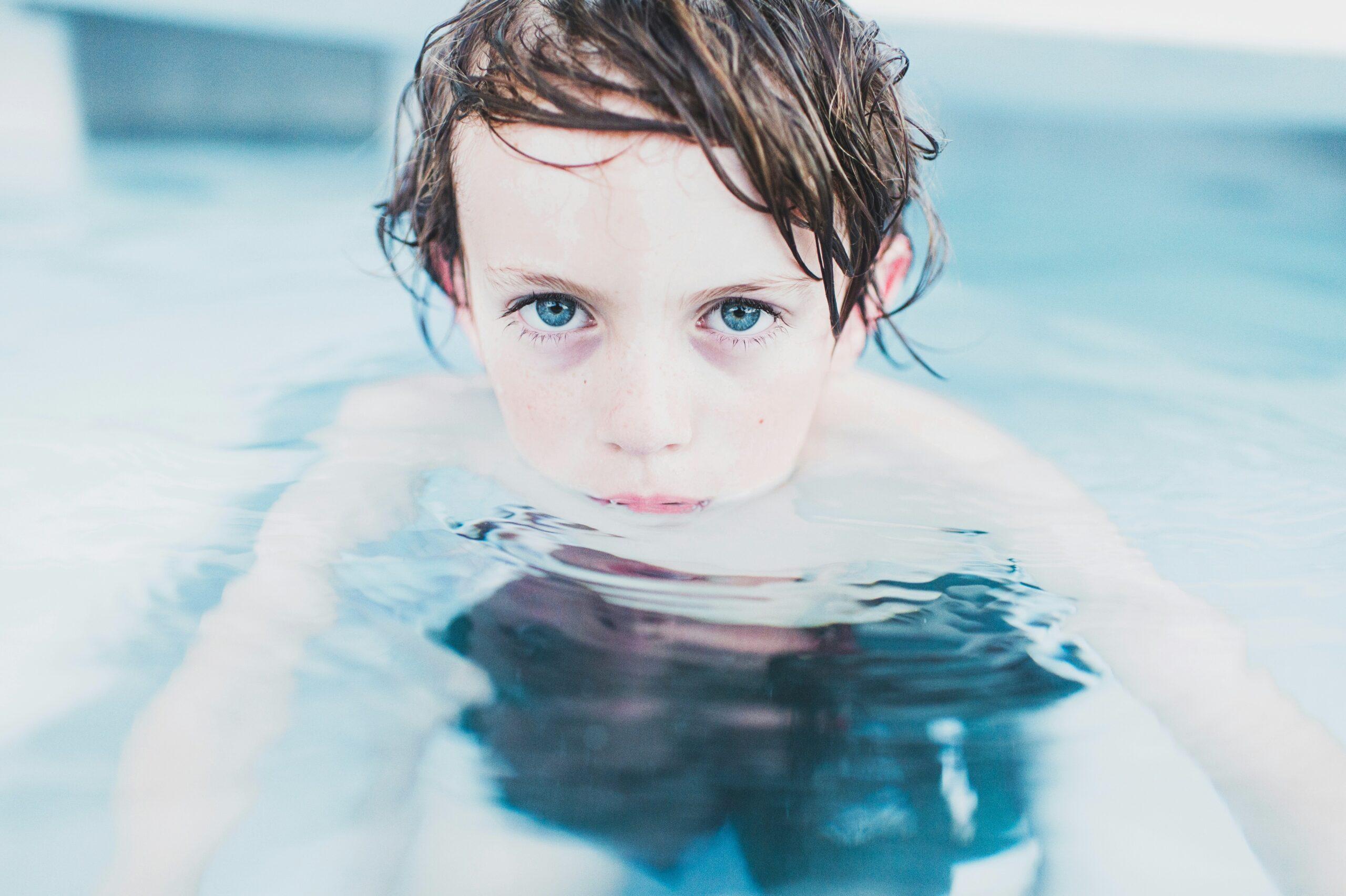When Lew Davis founded the da Vinci Academy in Colorado Springs, Colorado, he made sure that the mission statement for the facility for kindergartners through 5th graders was clear: “…to successfully educate and enrich all learners through the integration of arts and sciences.” Davis realized that by infusing visual arts, dance, drama and vocal and instrumental music throughout the curriculum, the quality of education would be greatly enhanced. Within the program’s first year, the da Vinci Academy’s students proved Davis right, scoring more than 30 percent higher than the state average in some grades and subjects.
“Children at the da Vinci Academy, the Academy District Twenty School for Arts and Ideas, learn that there is a time for originality, a time for replication, a time to be a star and a time to be a productive member of a team,” explains Davis. “Through a brain-based curriculum, students are able to absorb and assimilate knowledge about all that is going on around them, and react and respond to it through expression.”
And the Survey Says
Studies support such theories. One Stanford University professor shared her findings from a ten-year national study based on 30,000 young people participating in non-school programs throughout the United States. Most of the children were from urban areas and were more likely than average to be on welfare or from a divorced family. The results were astounding. Children who participated in afterschool arts programs were:
- Four times more likely to participate in a math or science fair.
- Three times more likely to win a school attendance award.
- Four times more likely to win an academic award, such as being named to the honor roll.
- Eight times more likely to receive a community service award.
The same seems to hold true for teens. A study of SAT college admission test scores showed that students who had studied the arts for more than four years scored an average of 44 points higher in math and 59 points higher on the verbal section than other students.
“There are so many opportunities for the arts to inspire and improve learning in other subject areas,” says Anita Miller, a mother of three children enrolled in an arts program. “For example, when my daughter’s class was studying the American Revolution, they developed a musical about the revolution, chock-full of facts that I’m sure those kids will remember forever.”
Miller also believes the opportunities to perform in front of an audience significantly benefits her children. “My children are very comfortable on stage and in front of groups. That helped my oldest child recently when she competed in the regional spelling bee. Most children had to deal with their nerves in addition to having to spell the words correctly. My daughter was so comfortable, she was able to focus all of her attention on the words.” Miller’s daughter won the 5th and 6th grade division of the competition.
“I would guess that each of you have seen the life of at least one child changed by the power of a brush stroke, the discipline of a dance step, the expressive opportunities of music and the searing courage and vitality of the theater,” says Davis. “These experiences for children stimulate thinking and provide outlets for self-expression.”
How It Works
“There’s actually a very scientific method for the correlation,” explains Dr. Ken Gibson, author of Unlock the Einstein Inside: Applying New Brain Science To Wake Up The Smart In Your Child (LearningRx). “Many of the skills used to draw, play guitar, read music or memorize lines in a play are the same skills used to succeed in academic subjects. These cognitive skills— like memory, auditory and visual processing, comprehension and reasoning— are being honed in classes that kids enjoy. What better way to learn?”
In Critical Links, a summary of arts education research, the authors found evidence to support positive relationships between arts and academics:
- Drama develops higher-order language and literacy skills.
- Music enhances language learning.
- Music enhances spatial reasoning.
- Art programs augment writing skills.
- Art experiences enhance literacy, as well as math and numbers skills.
“If you think about what it takes to learn to play the piano, it makes perfect sense,” says Tanya Mitchell, director of training for LearningRx, a national brain-training franchise. “Timing, attention, multi-tasking, memorization, physical and mental integration, processing speed— the list goes on and on. It’s similar in sports. You need to memorize the coach’s plays, time your jump shot or try to reason your opponent’s next move. Playing instruments, participating in sports, acting in theater— these things don’t just work kids’ bodies, they work their minds.”
Most learning experts agree that, at the very least, getting your children involved in some form of the arts can improve their self-esteem, help them make friends and most of all allow them to have fun.




